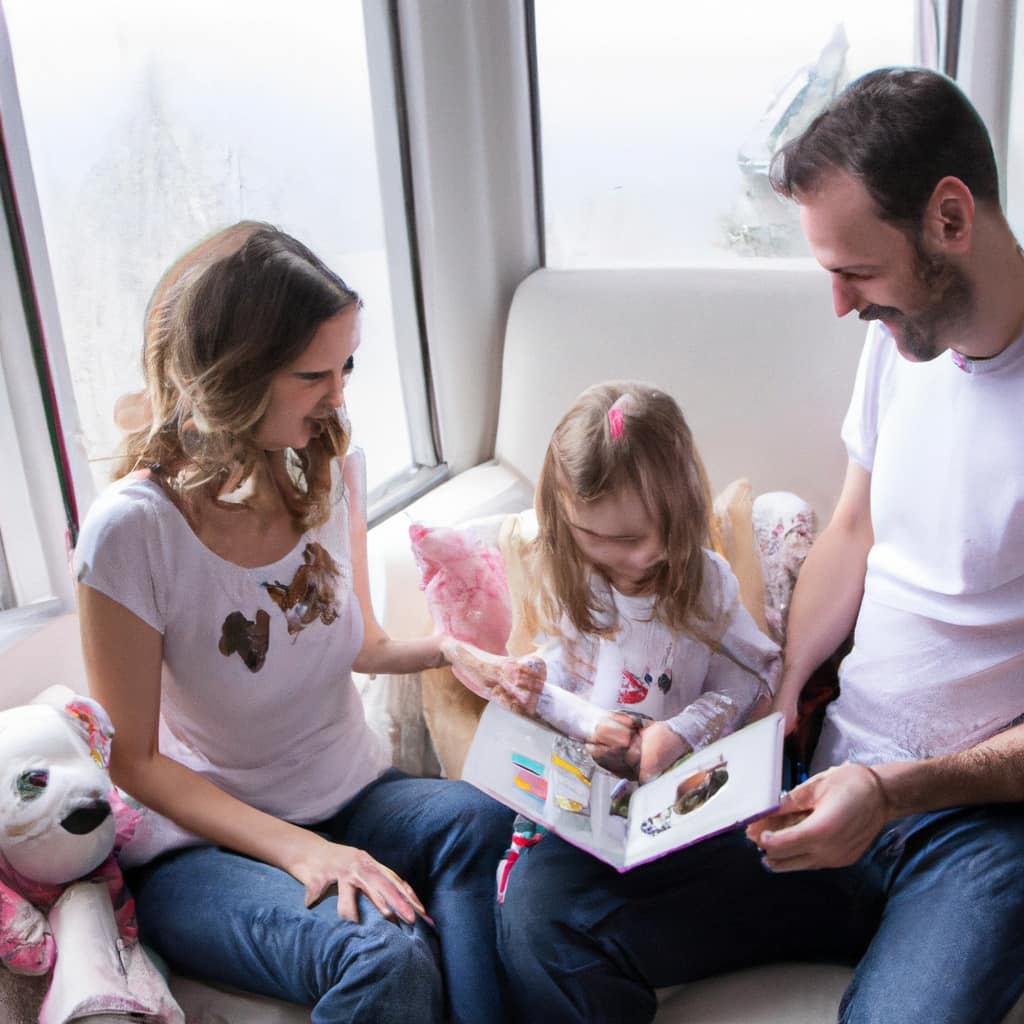Engaging in seven simple, intentional games can strengthen your bond with your child. Activities like peekaboo, building blocks, singing, dancing, and shared storytelling foster trust, security, and emotional connection. Play shows your child they are loved and supported, building confidence and independence over time. By actively participating and focusing on quality moments, you deepen your emotional attachment. Keep exploring further to discover how each game can create lasting, meaningful bonds that support your child’s growth.
Key Takeaways
- Playful activities like peekaboo and storytelling foster emotional security and reinforce parent-child trust.
- Engaging in shared games develops bonding, communication, and mutual understanding.
- Focused presence during play signals importance of the relationship, enhancing attachment.
- Interactive games that promote physical touch and eye contact deepen emotional connection.
- Consistent bonding activities build long-term resilience, confidence, and a sense of safety for children.

Play is a powerful tool for building strong attachment between caregivers and children. When you engage in play, you create a space where your child feels safe, valued, and understood. This emotional security is the foundation of a healthy bond, allowing your child to trust you and develop confidence. Incorporating bonding activities into your daily routine helps reinforce this connection, making your relationship more resilient and nurturing. Through intentional play, you demonstrate your love and support, showing your child that they are important and cared for.
One of the key benefits of play is its ability to foster emotional security. When your child sees you actively participating, they feel more comfortable expressing themselves and exploring their world. Simple activities like playing peekaboo, cuddling during storytime, or engaging in pretend play create moments of closeness that deepen your attachment. These bonding activities help your child associate your presence with safety and comfort. As you laugh, share surprises, and celebrate small victories together, your child learns that they can rely on you during both joyful and challenging times. This sense of security encourages them to become more independent, knowing you will be there to support them.
To maximize the emotional benefits of play, focus on activities that promote eye contact, physical touch, and shared enjoyment. For example, building blocks together not only develops fine motor skills but also offers opportunities for teamwork and communication. When you play music and dance or sing songs, you create joyful experiences that strengthen your emotional connection. During these moments, try to be fully present, putting away distractions so your child feels your undivided attention. This focused presence signals that your bond matters and that you cherish their company. Additionally, engaging in activities aligned with your child’s interests can foster a sense of trust and mutual understanding, which are essential components of digital literacy and overall emotional development. Over time, these bonding activities help your child feel more emotionally secure, which is essential for their overall development.
Frequently Asked Questions
How Do I Choose Age-Appropriate Play Activities for My Child?
When choosing activities for your child, focus on their age and developmental milestones. Age-appropriate activities match their physical, cognitive, and emotional skills, ensuring they’re engaged without frustration. Observe what excites them and challenge them just enough to promote growth. Always consider safety and simplicity, and adapt as they develop new skills. By aligning play with their current stage, you help foster their confidence and curiosity naturally.
What Are Signs of Strong Attachment During Play?
During play, you can recognize strong attachment through attachment cues like your child’s enthusiastic engagement, eye contact, and responsiveness. Bonding indicators include their willingness to share toys, seek your presence, or return to you after exploring. If your child comfortably initiates interactions and shows joy during play, these are signs of secure attachment, helping you understand that your bond is deepening and fostering trust and emotional security.
How Can Play Help in Rebuilding Attachment After Trauma?
Think of rebuilding attachment as planting a garden; trauma-informed play acts as nourishing sunlight. You can foster trust-building activities that gently encourage your child to feel safe and valued again. Through consistent, sensitive play, you help them re-establish emotional connections, gradually healing wounds caused by trauma. Your patience and understanding create a supportive environment where trust can grow, strengthening your bond and guiding your child toward resilience and security.
Are There Specific Games That Promote Emotional Regulation?
You can promote emotional regulation through specific games that enhance emotional literacy and teach calming techniques. Try activities like role-playing different emotions, which helps kids identify feelings, or guided breathing games that teach calming strategies. These games encourage children to recognize and manage their emotions, fostering resilience. By engaging in such play, you support their ability to regulate feelings, making emotional management more accessible and less overwhelming.
How Much Time Should Parents Dedicate to Play Daily?
Oh, sure, because time magically multiplies, right? Ideally, you should aim for at least 20-30 minutes of focused playtime routines daily. This isn’t about clock-watching but creating quality interaction that builds bonds. Think of it as investing in your child’s emotional health—short, intentional play sessions are more valuable than hours of distracted moments. Prioritize these moments to nurture connection and emotional regulation effectively.
Conclusion
Through these playful moments, you’re planting seeds of trust and love that grow stronger with each game. Think of play as a bridge, carrying your bond across the river of daily routines. As you laugh and share, you’re weaving a fabric of connection that shields your child from life’s storms. Keep playing, and watch this bridge become a sturdy path—an enduring symbol of your unbreakable attachment, guiding your child safely home.











